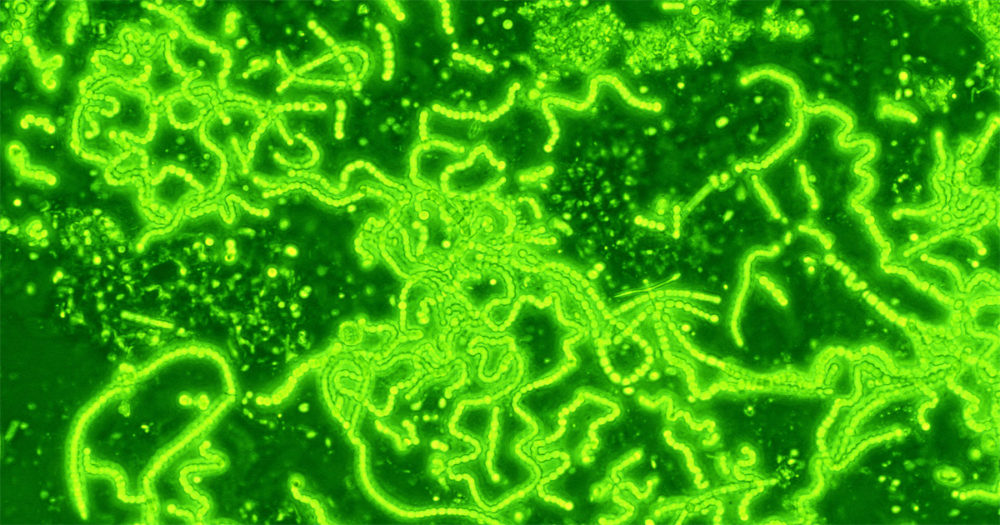Past iGEM Projects
Curious about our past projects?2023
Green Levothyroxine Optimized with Transaminases
Levothyroxine is the second most widely prescribed drug in the US, used to treat over 20 million people with hypothyroidism each year. Its production is notoriously wasteful, however. A racemate resolution step at the end of its synthesis results in 50% of the product being thrown out, meaning half of all the chemical input to its production line is wasted. Yet nature has learned to be more efficient; a class of enzymes known as transaminases carry out a reaction like the one needed to synthesize levothyroxine but in a chirality-specific manner, meaning all of the product can be kept. Our 2023 project used transaminases for a greener synthesis of levothyroxine. The project proved successful in performing the reaction of interest using transaminases. We were honored with a gold medal at the iGEM Grand Jamboree.

2021
2020
2019
Tackling Triclosan using Laccase
Lake Michigan serves as the water supply for 48 million people and supports a vast and interconnected ecosystem. Recently, pharmaceutical pollutants have found their way into our water like Triclosan, an antibacterial agent present in 93% of gels, foams, and soaps marketed as “antibacterial” or “antimicrobial”. One of the top 4 pollutants in Lake Michigan, our 2021 project consisted of engineering a tailored enzyme inspired by Laccase that effectively deactivates Triclosan at wastewater conditions to make it easier for wastewater treatment plants to purify water and prevent environmental threats to the community.
Computationally Optimizing PET Degradation
An estimated 63,320 microplastic particles can be found within several meters of the every square kilometer of ocean surface on earth. With public health risks and environmental damage increasing at an alarming rate, we envisioned a biochemical approach to reducing the threat posed by one of the largest contributors to worlwide microplastic pollution: PET. Optizyme is the product of our work in 2020. It is the result of a sustained effort to use novel computational methods to not only inform our biochemical approach, but to actively improve upon it.
Producing Long-Chain Alkanes in Cyanobacteria for Biofuels
Despite diminishing supplies, petroleum and other non-renewable energy sources remain a major component of the energy production process. Alternative energies such as wind and solar, despite recent improvements, are still burdened with highly costs of implementation into current infrastructure. Biofuels serve as a possible intermediate, but is currently limited by batch production of chemicals.Our project in 2019 sought to overcome this by producing one of the main chemical substituent of jet fuel in order to produce a more sustainable and economical form of jet fuel.


